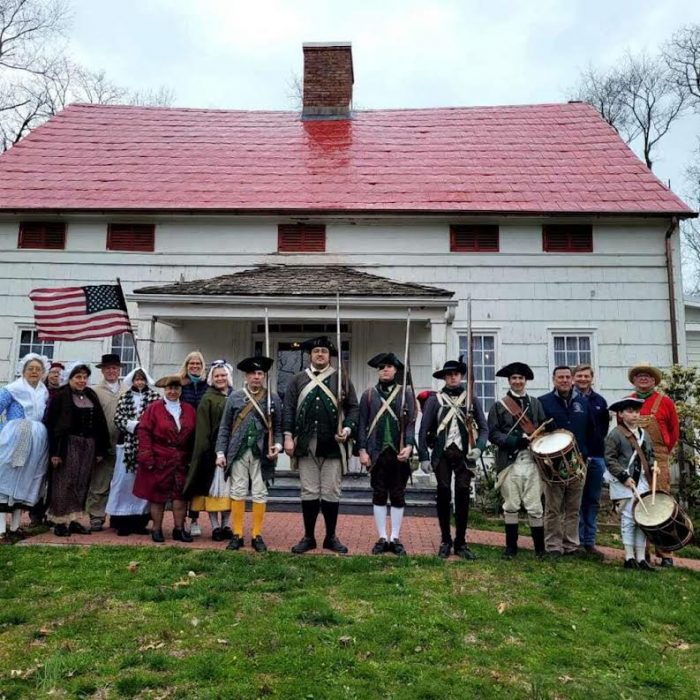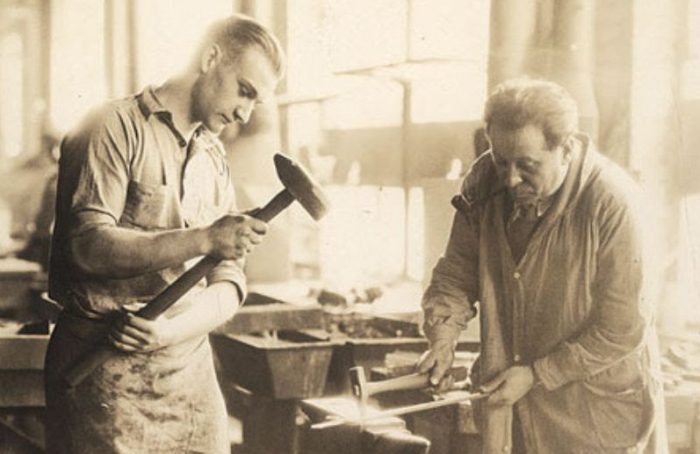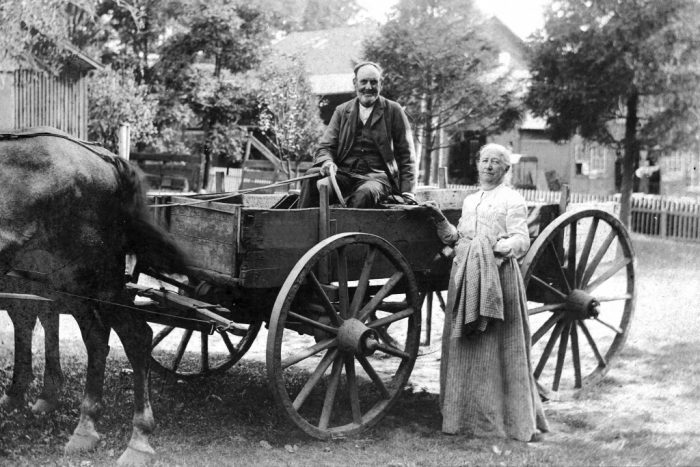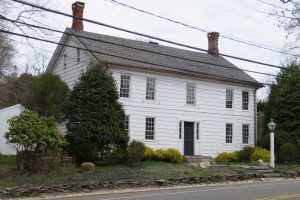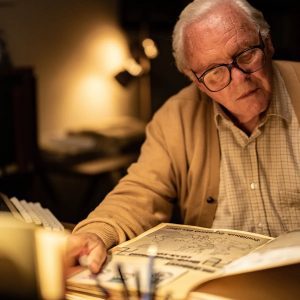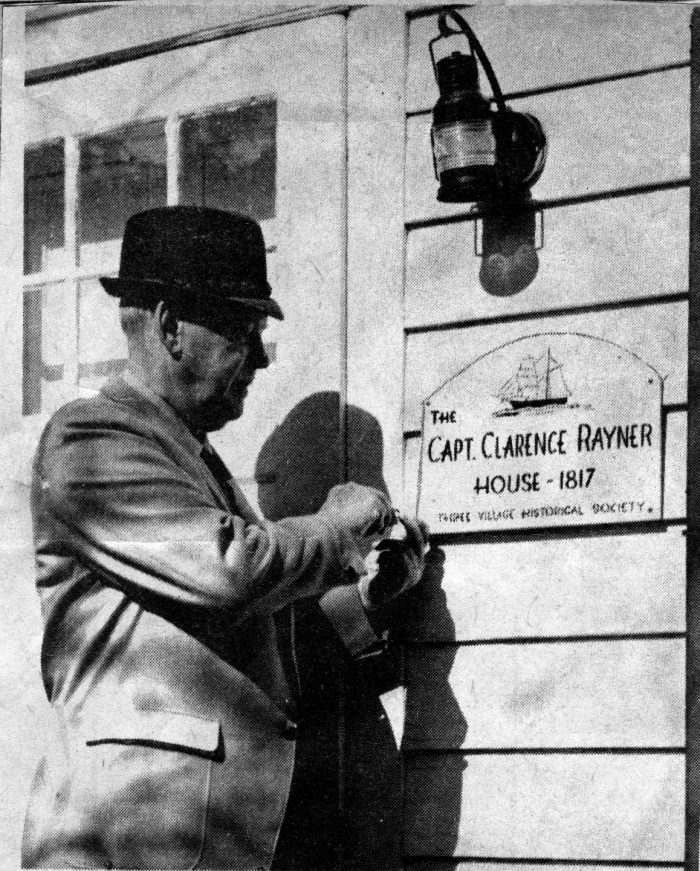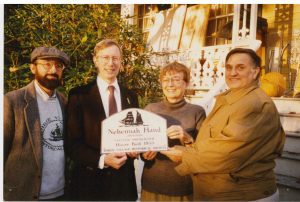The Ward Melville Heritage Organization’s Spring Appreciation Day returns to the Stony Brook Village Center, 111 Main Street, Stony Brook on April 20 with live music, a car show, a petting zoo, the fire department will be on site, and a scavenger hunt with prizes from 11 a.m to 4 p.m. Throughout Stony Brook Village there will be something for everyone:
The day includes
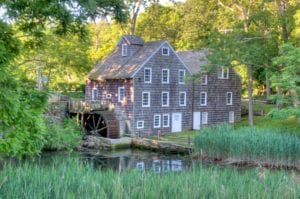
History: The Stony Brook Grist Mill (c. 1751) will be open for tours ($10 for adults, $5 for children, cash only) from noon to 4 p.m. and shopping in the Country Store. The history of the Grist Mill tour showcases highlights from WMHO’s brandnew program. It interprets the mill as both a place of mechanical ingenuity as well as a site of historic social networking from the early colonial period through the mid-20th century. A live Gypsy Romani music performance will take place from 1:30 p.m. till 3:30 p.m. in honor of the 19th century Miller, Alois Kopriva.
Technology: The Mustang and Shelby Club of Long Island car show will take place between 11 a.m. and 3 p.m. and will be located in the parking lot behind the Post Office. They will display over 65 cars with classic Mustangs and the latest cars that Ford has to offer. Automobiles from 1964 – 2023 will be on display, including some special edition Mustangs like the classic Shelby GT500, GT350 and the iconic Boss 302.
Nature: Steppin’ Out Petting Zoo will be set up in the Inner Court with a variety of animals for children to pet from 1:30 to 3:30 p.m.
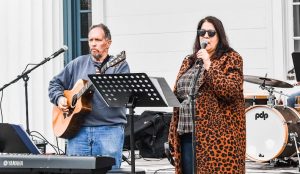
Music: Brenda and Burke will be performing original and cover songs in the genres of R&B, Roots, Blues and Contemporary Acoustic in the inner court by the waterfall from 1:30 p.m. till 3:30 p.m.
And Discovery: The Ward Melville Heritage Organization (WMHO)’s Youth Corps will be offering a scavenger hunt around Stony Brook Village from 1:30 to 3:30 p.m. Each person who returns a completed scavenger hunt will be entered into a raffle to win Discovery Wetlands Cruise tickets.
Lastly, the Stony Brook Fire Department will be sharing how you can join as a volunteer, and they will have a vintage firetruck on display during the event.
Spring Appreciation Day is sponsored by News 12, Long Island Speech, First National Bank of Long Island, RJG Consulting Group, and NYLife Insurance Company Agent, Ryan D. DeCicco.
###
The Ward Melville Heritage Organization is a 501(c)(3) not-for-profit corporation founded in 1939 by businessman and philanthropist Ward Melville. Inspired by his legacy to preserve historic and environmentally sensitive properties, the WMHO continues to protect and interpret these Long Island treasures. The organization creates interdisciplinary educational and cultural experiences that integrate history, art, theater, music, science, and technology for all ages. The organization owns and manages properties deeded to it by Ward Melville, including the Brewster House (c. 1665), the Thompson House (c. 1705), the Stony Brook Grist Mill (c. 1751), which are listed on the state and national register for historic places, the Dr. Erwin Ernst Marine Conservation Center, the pristine 88-acre wetlands preserve at West Meadow, the 11-acre T. Bayles Minuse Mill Pond and adjacent park, two-acre Upper Pond, and the two-acre Jennie Melville Village Green. To learn more about the WMHO, visit www.wmho.org or call (631)-751-2244.


